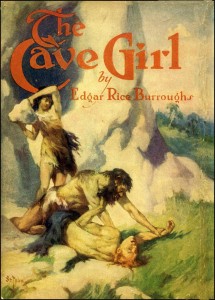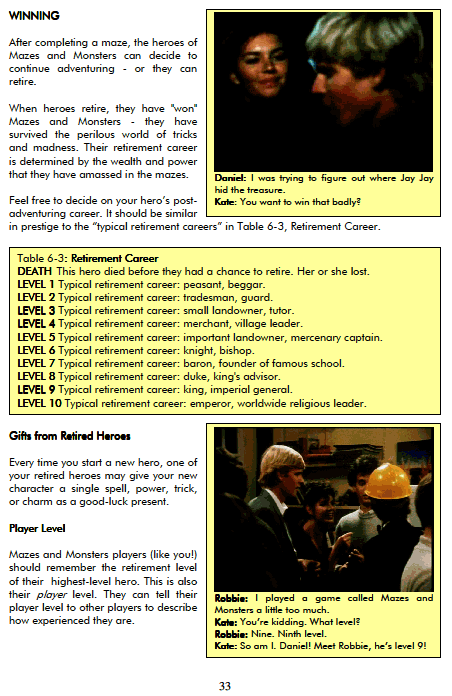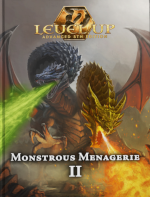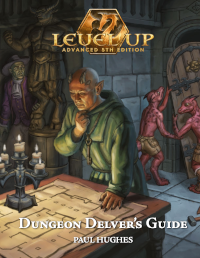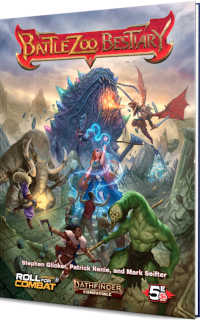 After my first Every Book’s a Sourcebook post, where I extrapolated a D&D adventure from the cover of a Babysitter’s Club book, my wife issued me a challenge: find D&D inspiration from the actual text of a Babysitters Club book.
After my first Every Book’s a Sourcebook post, where I extrapolated a D&D adventure from the cover of a Babysitter’s Club book, my wife issued me a challenge: find D&D inspiration from the actual text of a Babysitters Club book.
I chose BSC #70, Stacey and the Cheerleaders, figuring that, if all else failed, I could just stat out some cheerleaders as ninth level monsters.
Luckily, it didn’t come to that. Stacey goes to a movie which could easily be turned into an adventure:
I hadn’t seen Mall Warriors 1, and I was concerned I might have missed something. Well, I needn’t have worried. A three year old could have followed the plot. It was about a group of teens who booby-trap a mall to catch a pair of world famous mall thieves.
Well, there are no malls in D&D, but we can easily move this to a village setting.
The village council receives a warning: “We will be stealing your precious village idol TONIGHT. There is nothing you can do to stop us. Signed, Kellik and Agia, the King and Queen of Thieves.”
Panicked, the village council hires the PCs to guard the idol. The DM warns the PCs that the two thieves are too strong to challenge in a straight fight – except, perhaps, alone and weakened.
The PCs have a few hours to complete their preparations, which may include hiding the idol, setting traps, and stationing a handful of useless village guard minions.
In this adventure, the DM should provide a lot of specific details the PCs can play off of: where are the equipment sheds, and what’s in them? What’s flammable? Where are the animals, especially the ones that make noise when strangers are about? Who’s aware of the PCs’ preparations – and how can the thieves get that information out of them?
The DM will have to secretly play the thieves, keeping track of what they are doing, keeping in mind their extremely high rogue skills and their limited knowledge of the PCs’ actions.
To keep this going for a full session, you probably have to allow the thieves to be slowed or caught by some of the PCs’ clever ideas; but the thieves have a lot of one-shot escape techniques they can deploy. In a reversal of normal D&D mechanics, the game is about NPC resource management.
To give the PCs some satisfaction as they wear down the thieves, it would be best if the PCs could watch the thieves’ resources being depleted. Maybe it’s common knowledge that, say, Kellik’s smoke-bomb gun holds three charges, and that every time Agia teleports, it consumes a portion of her health.

